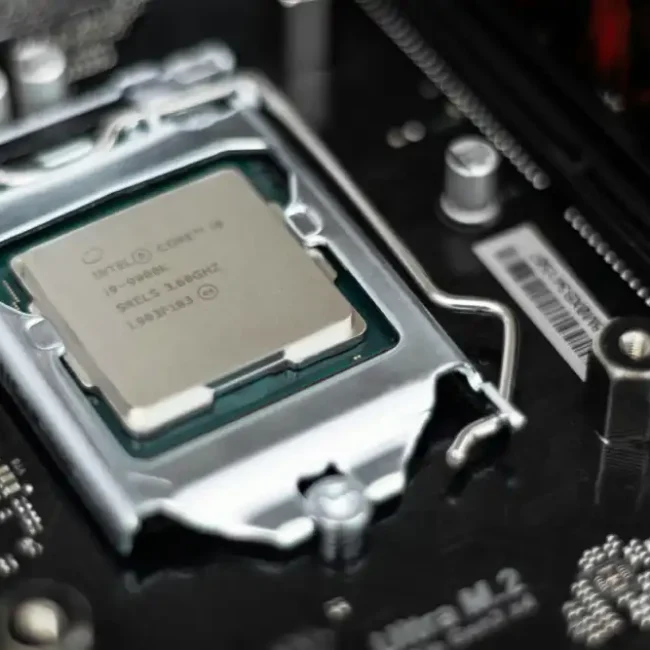Efforts to reform the U.S. permitting process are facing increasing obstacles, despite bipartisan recognition of the need for change. A potential deal on streamlining energy and infrastructure projects has become more elusive than ever, as political divisions, environmental concerns, and industry demands complicate negotiations.
The Need for Permitting Reform
The current U.S. permitting system is widely regarded as inefficient, often leading to lengthy delays in energy and infrastructure projects. Key reasons driving the push for reform include:
- Energy Transition and Infrastructure Growth:
- Both renewable and fossil fuel industries argue that permitting delays hinder economic growth and energy security.
- Supply Chain Challenges:
- As the U.S. seeks to modernize its grid and invest in domestic manufacturing, regulatory bottlenecks slow down essential projects.
- National Security Considerations:
- Permitting delays impact critical minerals, transportation networks, and energy production, affecting the U.S.’s competitive stance on the global stage.
Political Divisions and Policy Stalemates
Despite bipartisan agreement on the need for reform, deep divisions persist:
- Republican Perspective:
- Advocates for a streamlined process, particularly for fossil fuel projects, arguing that excessive regulation stifles energy independence and job creation.
- Democratic Perspective:
- While open to reforms, many Democrats insist on maintaining rigorous environmental protections, particularly for renewable energy projects.
- Environmental Groups:
- Concerns over potential rollbacks in environmental reviews and community input processes have led to strong opposition to proposed changes.
Industry Response and Economic Implications
- Energy Sector:
- Renewable energy companies support reforms to accelerate the deployment of wind, solar, and battery storage projects.
- Oil and gas firms seek faster approvals for pipeline and drilling projects, seeing the current system as a barrier to expansion.
- Construction and Infrastructure:
- Delays in roads, bridges, and broadband expansion projects increase costs and slow economic progress.
- Investment and Innovation:
- A cumbersome permitting process discourages investors, slowing advancements in clean energy and critical infrastructure.
Potential Pathways for Reform
While a comprehensive deal remains uncertain, several potential solutions have been discussed:
- Targeted Legislative Action:
- A phased approach focusing on specific sectors like renewable energy or transmission grid expansion.
- Bipartisan Compromise:
- Finding common ground by balancing efficiency improvements with environmental safeguards.
- Executive Orders and Agency Reforms:
- Federal agencies could implement procedural changes to streamline permitting without requiring congressional approval.
Conclusion
The debate over U.S. permitting reform highlights the complex intersection of energy policy, economic development, and environmental protection. While progress remains slow, the urgency of modernizing infrastructure and supporting the energy transition continues to drive discussions. Achieving a balanced approach will require navigating political divisions and addressing the concerns of all stakeholders involved.
For more information, visit Semafor.





